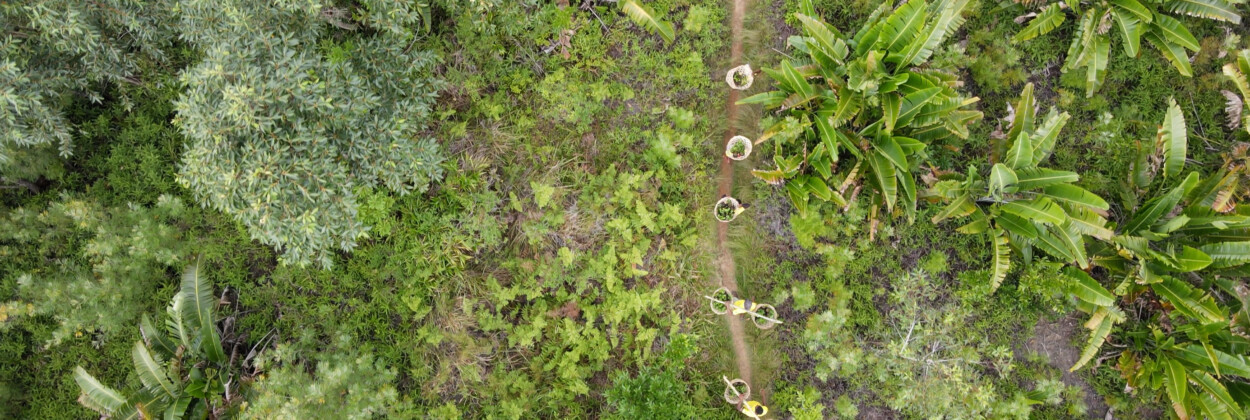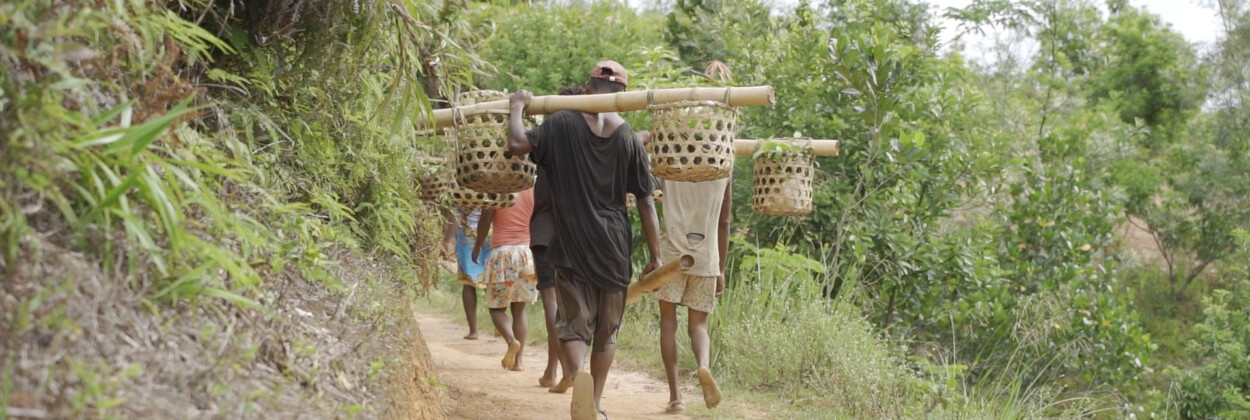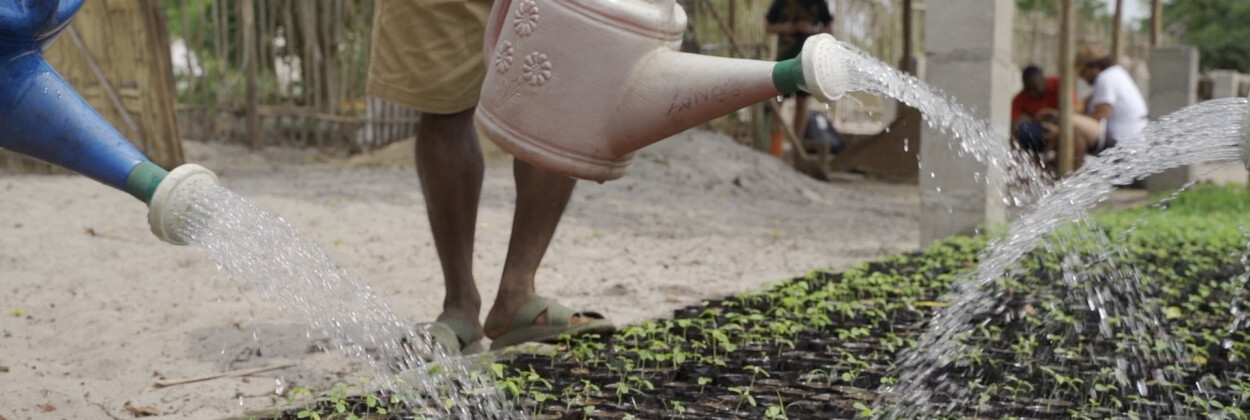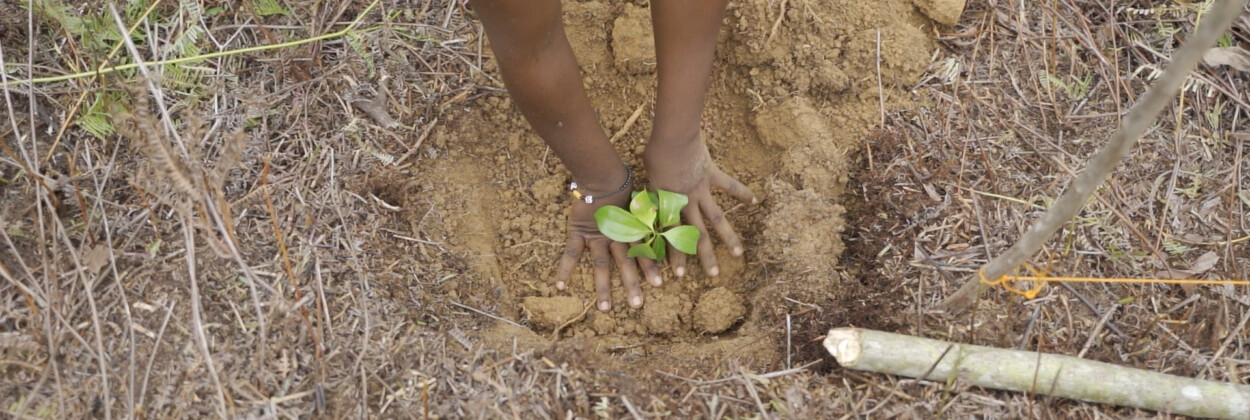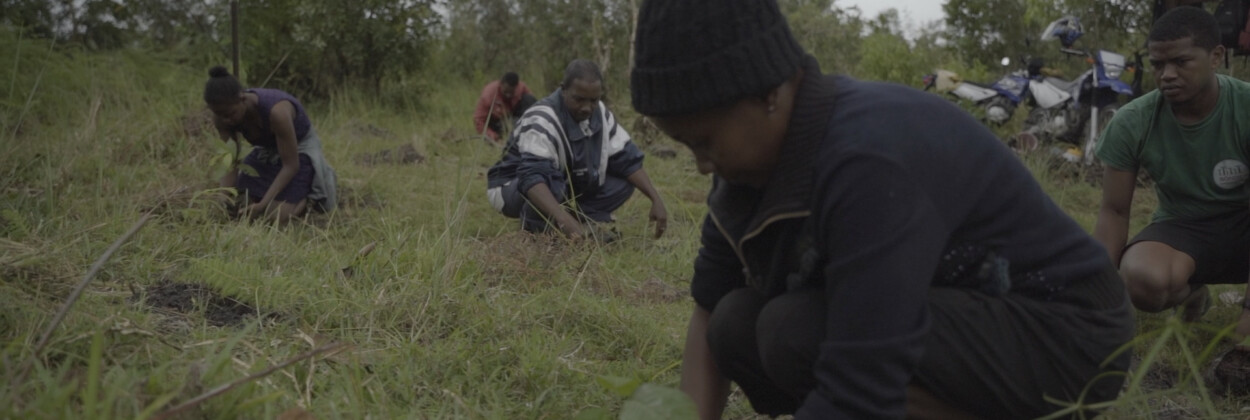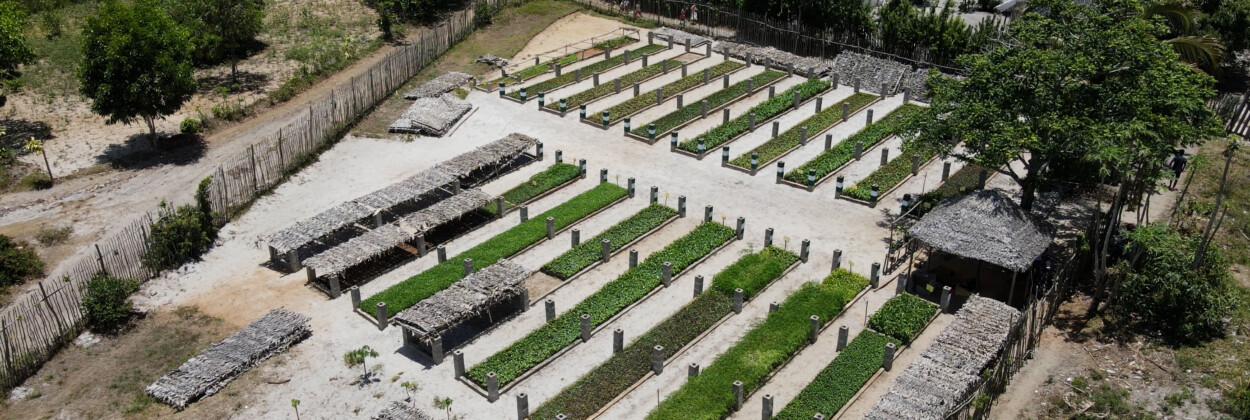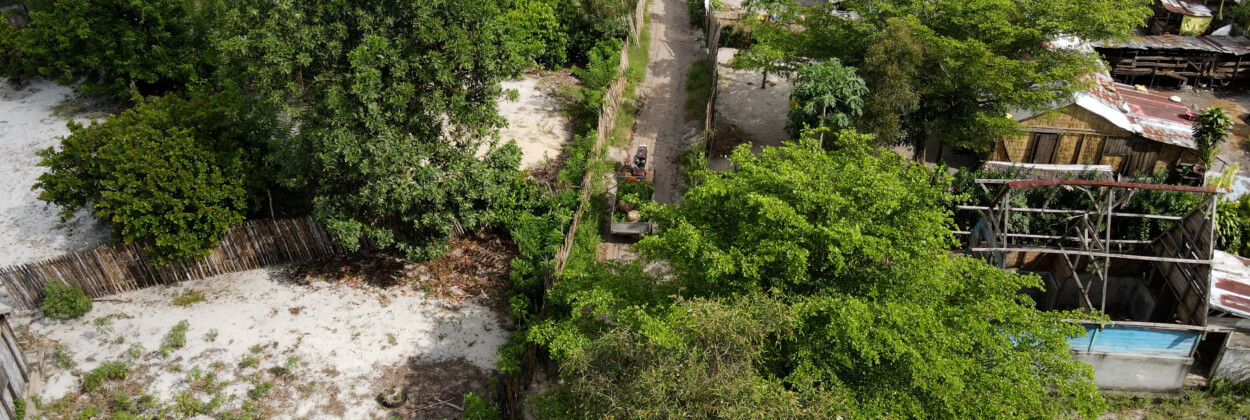Located on the east coast of Madagascar, the Atsinanana region has 72% of rural households. Located in this region, the city of Tamatave is rapidly growing, the second most populous city of the county, and an important economic and industrial centre. This incoming migration to Tamatave city is driven by poverty, food insecurity, and environmental degradation in the rural areas.
In terms of weather and climate-related challenges, this area suffers from cyclones and flooding resulting in soil erosion and reduced time for fishing, therefore affecting mostly to local farming and fishing communities.
With the aim of enhancing climate resilience, biodiversity, and local livelihoods, nature-based solutions have been co-developed with farmers in the area, consisting of complex agroforestry systems, tailored to the local ecological conditions and farmers’ uses, prioritising native tree and crop species. This combines ecological restoration based on the regenerative process of soil and biodiversity with economic benefits, reinforcing household resilience to market and climate shocks. The agroforestry systems integrate perennial cash crop trees (e.g. coffee, cacao), fruit trees (e.g. jackfruit, mango), native timber and medicinal trees (e.g. Terminalia, Ravenala), and forage species. Comprehensive socio-economic, botanical, and ecological monitoring of all 200 systems will ensure the viability and sustainability of the developed agroforestry systems.
Complementary to the nature-based solution activity, participatory climate services with low-cost weather and hydrometric sensors are installed on farmer plots, farmers becoming producers of real-time climate data. This will lead the development of simplified tools for day-to-day farmers’ decision-making.
At the seasonal scale, tailored climate services for predicting precipitation and irrigation needs are being co-developed by the Albatross team in collaboration with local stakeholders, which will support anticipatory decision-making and long-term climate adaptation strategies in the Tamatave area.
Interventions to date:
- 200,000 tree seedlings in production in the nursery.
- First low-cost weather station installed.
- 150 farmers trained on agroforestry.
- 60,000 trees already planted with 50 pioneer farmers.
Expected benefits:
- 200 farmers’ livelihood diversification and economic resilience, including training and awareness raising in the community.
- 200 ha of soil restoration, carbon sequestration, shade, wind protection, reduction of erosion and runoff with in-situ conservation of biodiversity and local knowledge.
- Development of a locally-rooted climate data system, by deploying additional farmer-operated sensors.
- Launch of an accessible climate database, specific crop calendars and alert
system for farmers and communities.
Hub coordinator and main implementer of interventions:
Bôndy International
Tamatave District Hub, Madagascar
Tamatave, Madagascar
- Region: Madagascar
- Climate: Tropical rainforest (Af)
- Main meteorological hazards: Changes in rainfall patterns, erosion, strong winds
- Nature-based solutions implemented: Complex agroforestry systems.
-
Intervention: 200 hectares of soil restoration with diverse native species, providing ecological, cultural and economic benefits.
Tamatave District Hub, Madagascar
- Region: Madagascar
- Climate: Tropical rainforest (Af)
- Main meteorological hazards: Changes in rainfall patterns, erosion, strong winds
- Nature-based solutions implemented: Complex agroforestry systems.
-
Intervention: 200 hectares of soil restoration with diverse native species, providing ecological, cultural and economic benefits.
